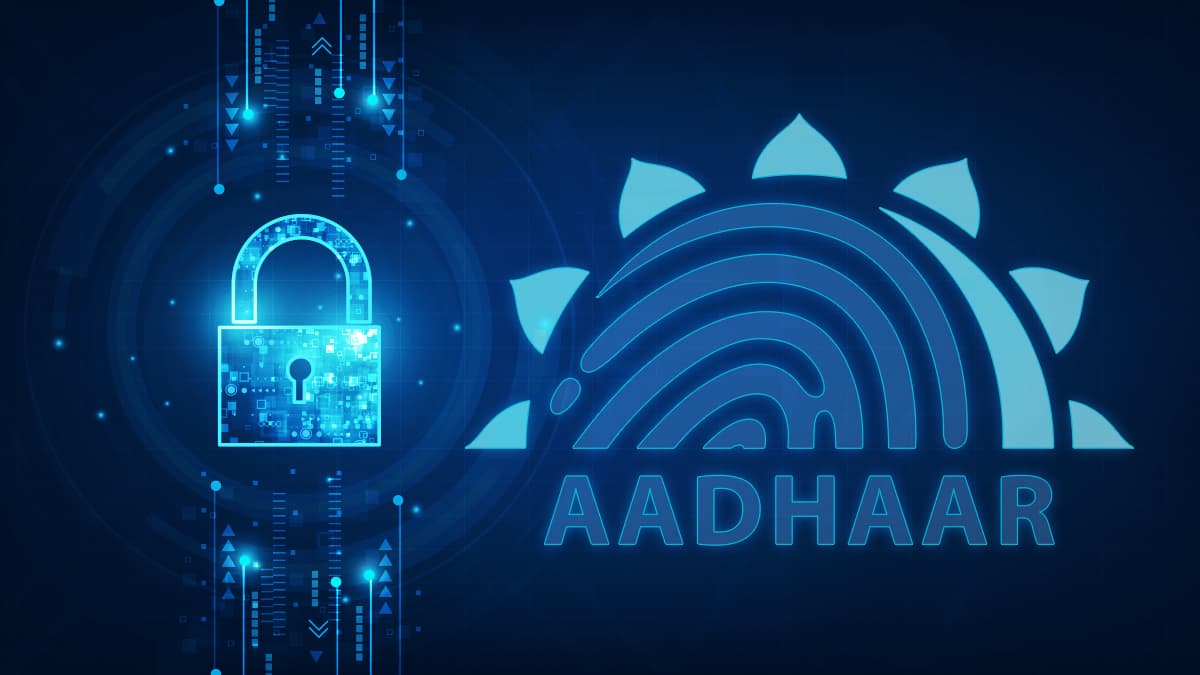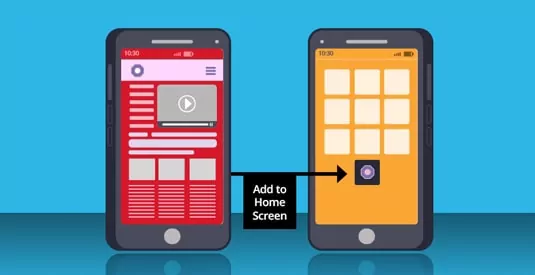.jpg)
For folks who have never experienced the scale of chronic hunger and starvation that Sudan faces today, Public Distribution System (PDS) may sound like a yawn. According to the UN, nearly three million people in South Sudan are at risk of starvation due to conflict, displacement, and climate change. Amid such gloom and doom, a dynamic PDS underpinned by smart technologies can be the savior! The PDS is a lifeline for millions, ensuring food security for the world’s most vulnerable populations. It is like a safety net that helps the most vulnerable people stay afloat, providing an essential service in times of need.
Over the years, PDS has become an important part of the Indian Government’s policy for management of food economy in the country. In India, the PDS has passed through a staggered evolution process. The turnaround began with the roll out of the Revamped Public Distribution System (RPDS) in 1992 to strengthen and streamline the PDS as well as to improve its reach in the far-flung, hilly, remote and inaccessible areas. In June, 1997, the Government of India launched the Targeted Public Distribution System (TPDS). Under the recast PDS, states were required to formulate and implement foolproof arrangements for identification of the poor for delivery of foodgrains and for its distribution in a transparent and accountable manner.
The PDS landscape- what are the bottlenecks?
.jpg)
TPDS targets nearly 800 million people, providing subsidized grain through a network of more than 500,000 Fair Price Shops (FPSs) across the country. Despite the noble intent, systems like PDS can be vulnerable to leakages and inefficiencies.
Leakages and Diversion: A significant portion of subsidized food grains never reach the intended beneficiaries. This can be due to corruption, lack of proper distribution, or inadequate storage facilities. In addition, the subsidized food grains may be cheaper or easier to buy on the open market, making the subsidized food grains less desirable to the intended beneficiaries.
Inaccurate Beneficiary Data: Outdated and inaccurate data often result in exclusion errors, where eligible families are left out. Obtaining and maintaining accurate data can be challenging due to various factors. These include the time and resources required to collect and update data, the complexity of data sources, and the potential for human error in data entry.
How Technology can be the gamechanger
.jpg)
Technology holds the key to addressing these challenges and revitalizing the PDS. Here's how the deployment of smart technologies can stage a turnaround:
Aadhaar Integration: Linking ration cards with Aadhaar ensures accurate identification of beneficiaries, reducing duplication and ghost beneficiaries.
Direct Benefit Transfer (DBT): Instead of providing subsidized grains, DBT transfers the subsidy amount directly to the beneficiaries' bank accounts, reducing leakage and empowering individuals to buy food from any store.
GPS and IoT: Implementing GPS and IoT devices in the supply chain can track the movement of food grains in real-time, ensuring they reach their intended destination.
Blockchain Technology: Blockchain can provide a tamper-proof record of transactions.
E-PoS Devices: Electronic Point of Sale (e-PoS) devices authenticate beneficiaries through Aadhaar and record transactions digitally, ensuring transparency and accuracy.
Smart Ration Cards: Upgrading to smart cards can facilitate seamless transactions and real-time tracking of grain distribution.
Demand Forecasting: Using data analytics to predict demand can help in efficient stocking and distribution of food grains.
Anomaly Detection: Machine Learning (ML) algorithms can detect irregularities and patterns indicating potential fraud or inefficiencies.
CSM’s Automated PDS
At CSM, we have brought in a paradigm shift in the PDS through strategic digitization and automation. Our approach integrates cutting-edge ICT with tailored software applications, resulting in a PDS that's not just convenient, but also secure and reliable. We have deployed advanced technologies like blockchain for supply chain transparency, IoT for real-time inventory management, and AI for predictive analytics. These innovations have dramatically reduced leakages and improved resource allocation. By meticulously analyzing and redesigning workflows, we've eliminated redundancies and optimized operations. Our GovTech expertise has enabled us to minimize human intervention while maximizing automation. This approach not only enhances transparency but also ensures scalability and adaptability of the system.
By leveraging data analytics, we've created a feedback loop that continually refines the PDS, making it responsive to changing needs. This data-driven approach has allowed for more targeted and effective policy interventions. The revamped PDS now serves as a model for other public service delivery systems, demonstrating how technology can be harnessed to create more inclusive, efficient, and accountable governance structures.
The Road Ahead
Revitalizing the PDS through technology is not just a possibility—it is a necessity. By leveraging digital identification, blockchain, IoT, data analytics, and mobile technology, India can transform its PDS into a robust, efficient, and transparent system that truly serves its purpose. The journey towards a tech-driven PDS may be challenging, but the potential benefits far outweigh the hurdles. Embracing technology can ensure that the fruits of any food security program reach every deserving household, securing a brighter, hunger-free future for all.










































We will verify and publish your comment soon.